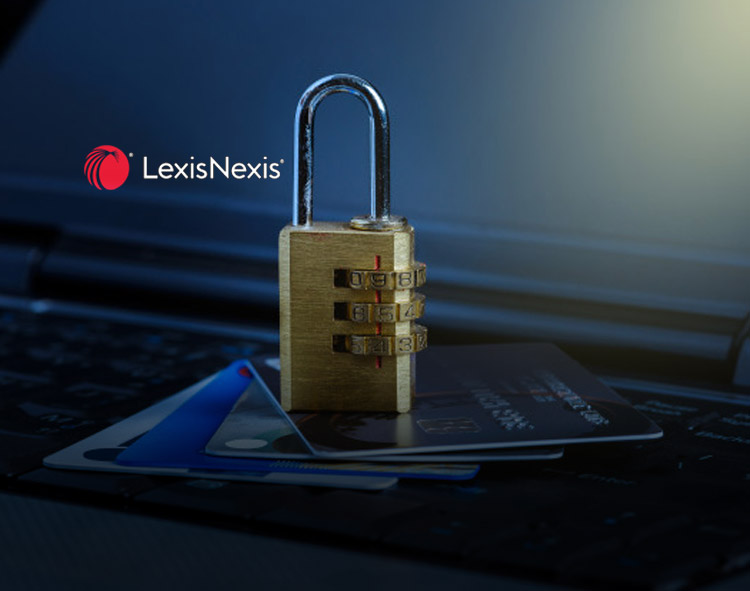Analysis Stems from Multiple Studies Conducted in 2020 by LexisNexis Risk Solutions to Uncover Key Fraud Trends in the U.S. and Canada as 2021 Begins
LexisNexis Risk Solutions unveiled findings on the current State of Fraud, detailing key fraud trends occurring in 2020 for organizations in the United States and Canada while also looking ahead at what to expect in 2021. LexisNexis Risk Solutions compiled these findings from a review of multiple studies it conducted in 2020. The consolidation of the report findings uncovers a perfect storm of trends that have impacted fraud throughout the past year and those that may linger into the new year.
Read More: SEB Takes Payments Wearables to Denmark and Finland
The COVID-19 pandemic caused 2020 to be a year of unique circumstances and disruption to the global economy. One thing that has stayed the same is fraudsters’ willpower to gain access to money and confidential information. While many believe that fraud victims are mostly the technologically naïve, 2020 validated that anyone can be a victim. LexisNexis Risk Solutions examined consumer behavior, popular fraud methods, social uncertainty due to the pandemic when compiling this data and suggests what organizations of all shapes and sizes can do to protect their business.
Read More: Global Fintech Series Interview with Thomas (Tom) Aronica, Founder and CEO of Biller Genie
The Shift of Consumer Behavior Towards Digital Transactions
2020 saw major changes in the ways in which consumers behave. Digital transaction in the U.S. and Canada increased 42% year-over-year leading up to June 2020 with 60% representing mobile transactions; 67% made via a mobile app and 33% made by a mobile browser.
Consumers now engage in more digital transactions and use different payment methods that fraudsters leverage to target a broader set of businesses through more sophisticated and complex fraud methods. These often involve the mobile channel and the purchase of digital goods and services. Difficult to detect fraud methods like synthetic identities, identity fraud rings, multiple device linkages and bot attacks create identity proofing challenges for businesses. Identity proofing could prove to be a significant challenge for organizations in 2021, as fraudsters leverage digital channels to launch more sophisticated and complex types of fraud. According to the Federal Reserve, 86%-95% of applicants identified as potential synthetic identities escape flagging by traditional fraud models. This is something every organization should be on the lookout for particularly with the rise in digital transacting.
Breached Consumer Data Fuels Sophisticated Fraud Methods
This is more than just about PINs and passwords: this data is valued for both the physical and digital identity attributes linked to transactions and devices, such as email addresses, billing addresses and phone numbers. The LexisNexis® Digital Identity Network® indicates a risk in fraudulent events through emails are likely from data breaches and are used by multiple fraudsters. Fraudsters are no longer always hidden – they can take the form of a visible business or a network of businesses or devices.
